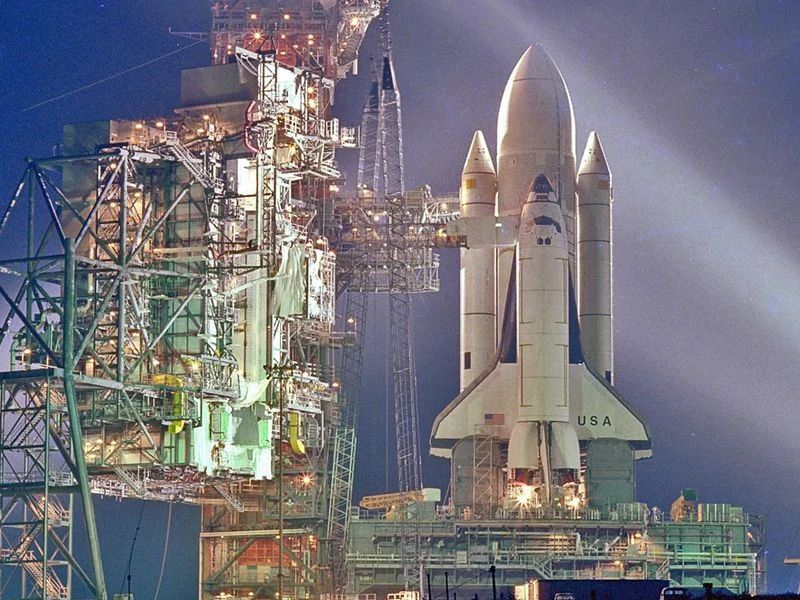He hopes it will be a stepping stone to the Moon and Mars.


He hopes it will be a stepping stone to the Moon and Mars.

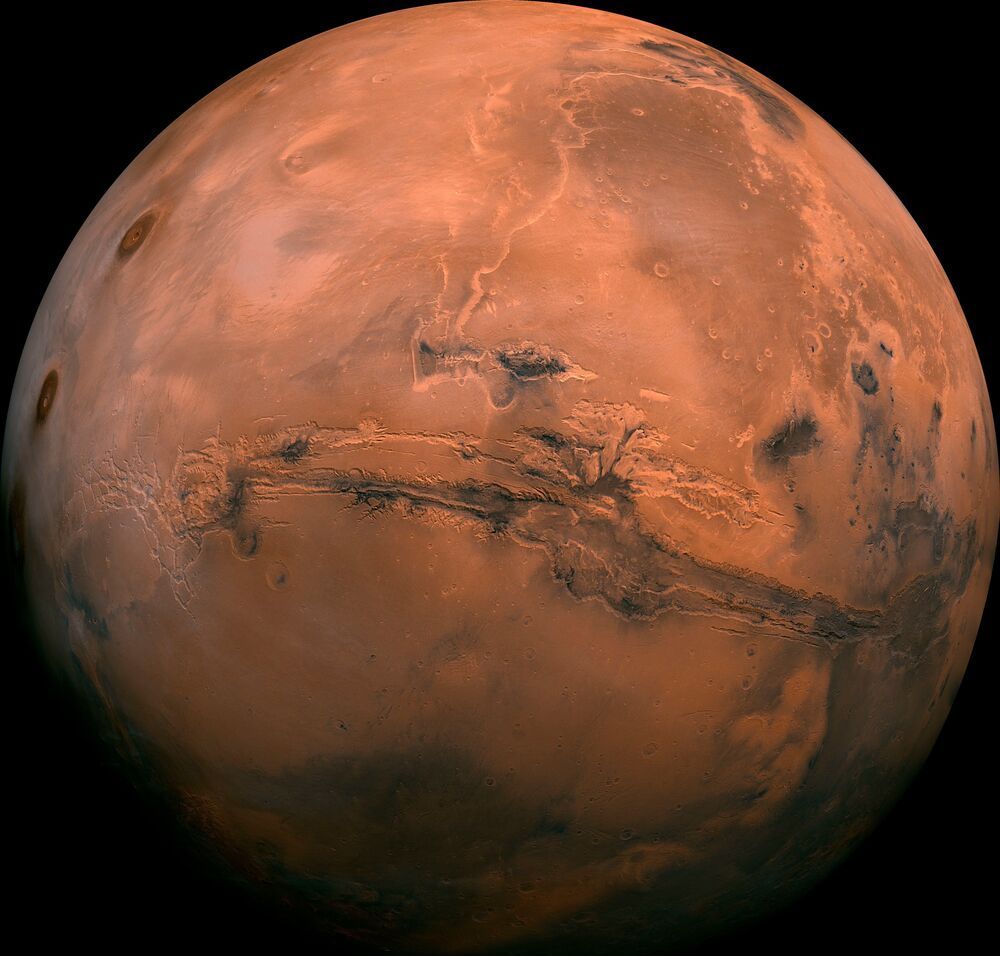
Space exploration company SpaceX’s founder and chief executive officer Elon Musk on Tuesday said he expected humans to land on Mars in six years. He also said that SpaceX plans to launch an unmanned spacecraft and land on Mars in two years, with a chance of the first human landing on Mars in four years instead of six.
United States’ space agency NASA’s Perseverance rover which was launched in July 2020 is scheduled to land at Jezero Crater on Mars on 18 February 2021. It will look at signs of ancient life and collect rock and soil samples for a possible return to Earth.
It is carrying instruments that will use high-temperature electrolysis but the Mars Oxygen In-Situ Resource Utilization Experiment (MOXIE) will be producing oxygen only, from the carbon dioxide in the air.

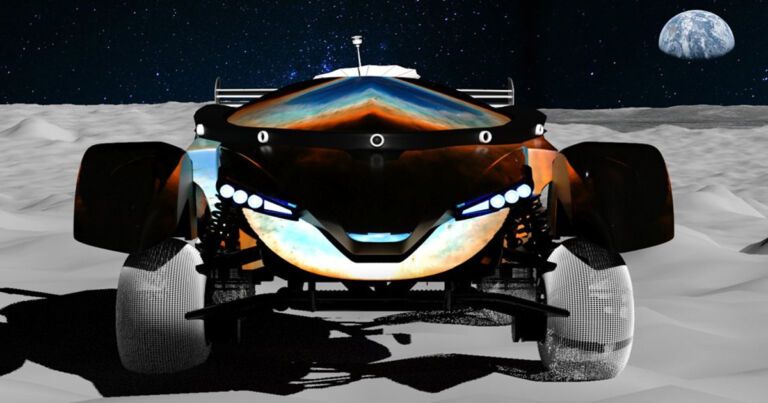
The racecars themselves will be partially designed by six teams of high school kids from across the country, as New Atlas reports. The best two teams emerging from a series of challenges “will win a once-in-a-lifetime opportunity to build and race two vehicles on the Moon,” according to a February press release.
“Competitors will then race their rovers remotely, navigating through harsh terrain, racing around a sphere of cameras, which will capture every aspect,” the statement reads.
Moon Mark CTO Todd Wallach told New Atlas that teams will have “near real time visuals, telemetry and command and control” of the racecars.
They were coasting to the Moon when a ruptured oxygen tank derailed the mission.
50 years later, watch “Apollo 13: ‘Houston, We’ve Had a Problem’” to see how a tale of tragedy would turn into a tale of triumph: https://youtu.be/MdvoA-sjs0A
Thanks to Stephen Slater and Ben Feist/Apollo in Real Time (apolloinrealtime.org/13) for providing additional footage and audio. Thanks to Andy Saunders for providing additional enhanced images.
SpaceX Starship will fly nine miles into the air later this week according to Elon Musk, who says it has a one in three chance of landing safely.
The massive Starship two-stage-to-orbit heavy lift vehicle has been in development since 2012 and is designed to bring the cost of launch down by being reusable.
Musk says the first ‘high-altitude test’ of the rocket will see it fly nine miles up above the Boca Chica facility in Texas at some point this week — possibly tomorrow.
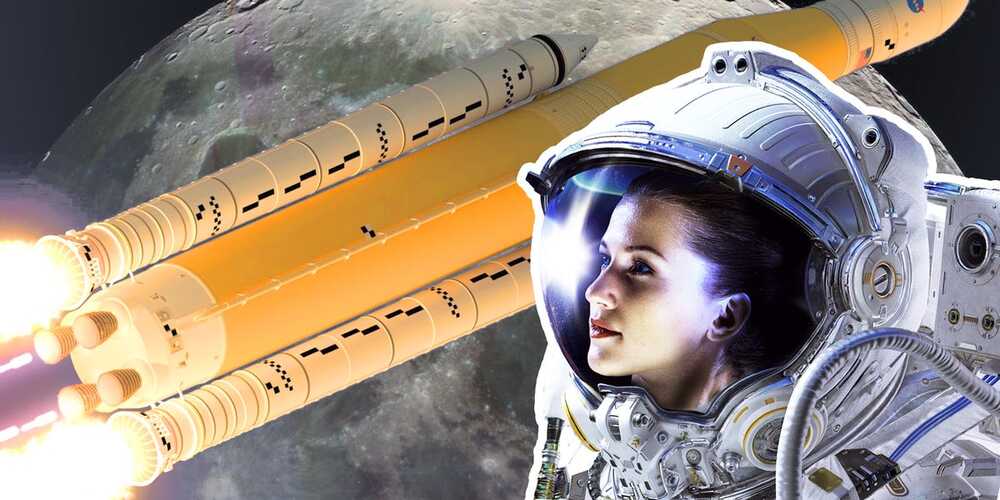
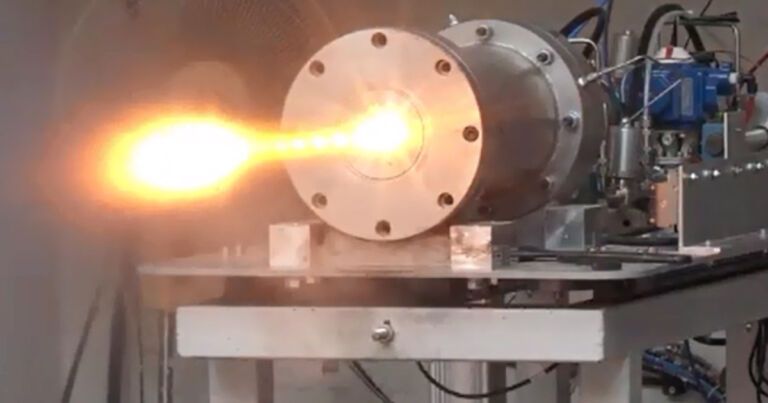
Final Countdown
NewRocket expects to have a product available in the new future, and is also trying to develop new rockets that use the fuel, according to The Times of Israel.
“Rockets that don’t use controllable engines run their engines until they exhaust the fuel,” NewRocket CEO Ilan Harel told The Times of Israel. “Those that are using controllable engines either use highly toxic fuels, which can be stored for long time, storable fuels, or they use cryogenic fuels which are considered nontoxic but are used only for short duration, non-storable.”
